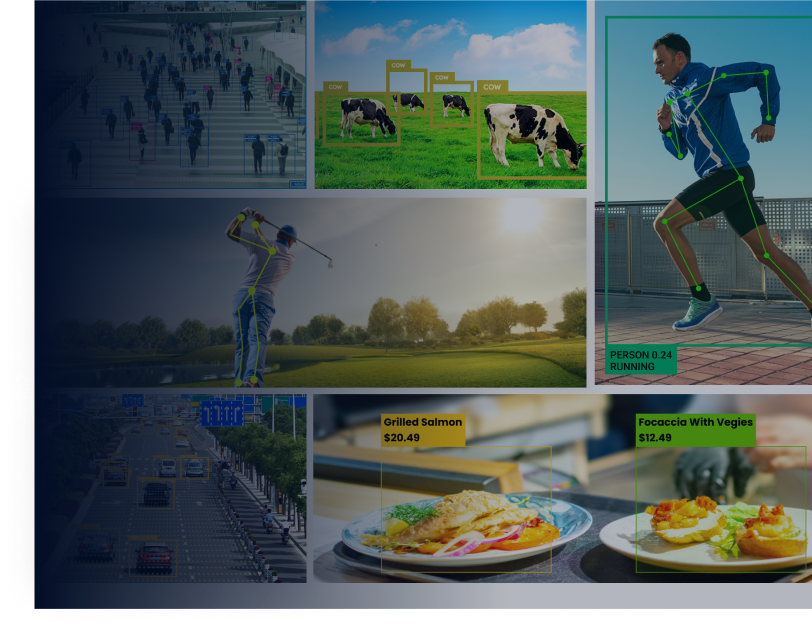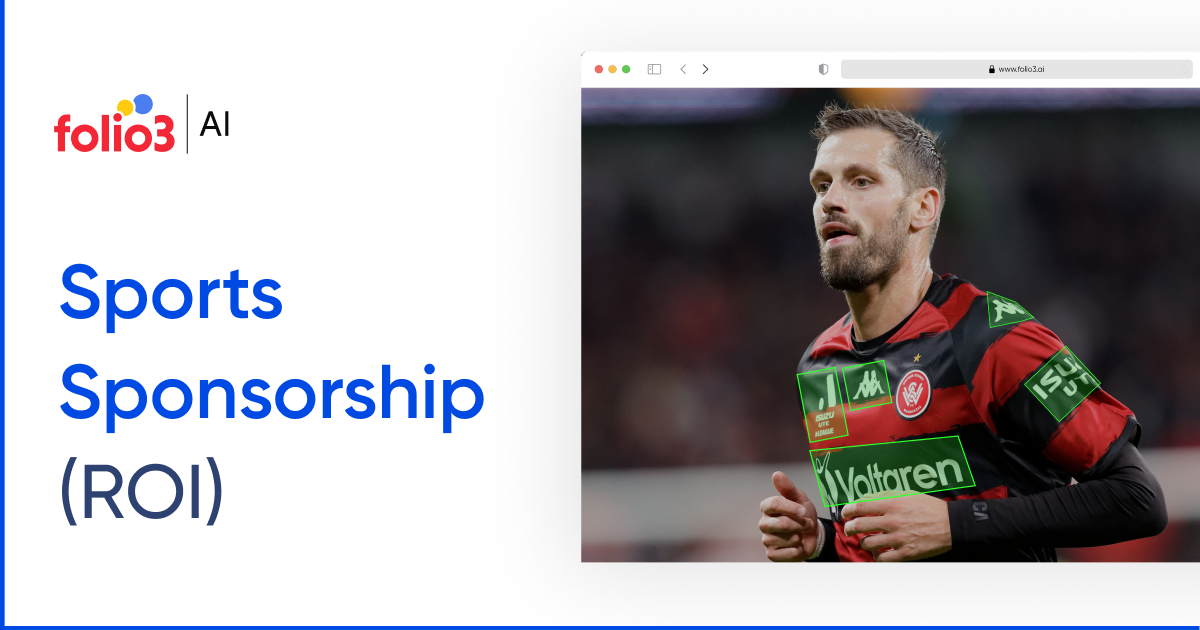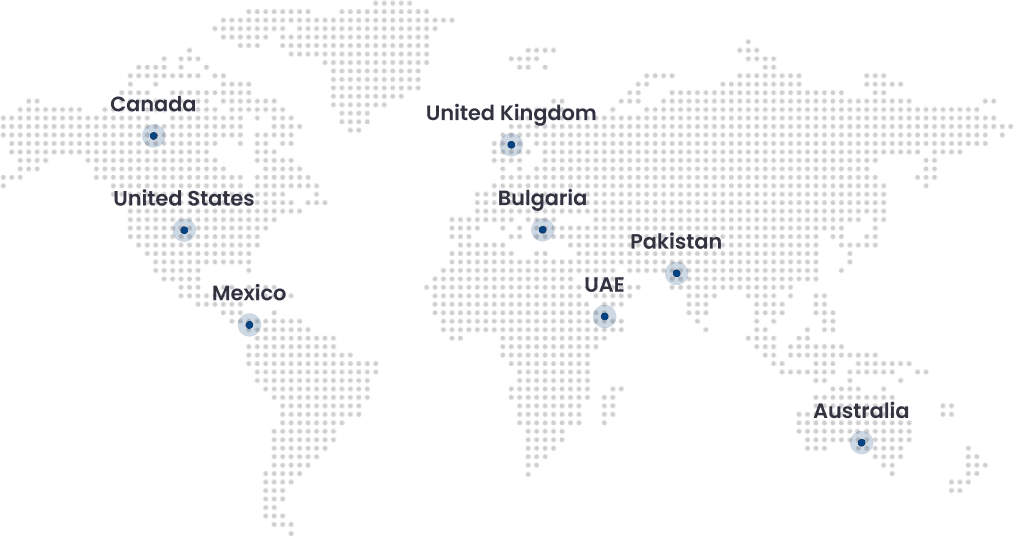When prominent and large-scale brands like a beverage company partner with a sports team or event, that’s sports sponsorship. Sports sponsorship is a mutual agreement where a company supports a sports property in exchange for marketing rights and fans’ emotional connection with sports.
This duo platform has immense power and a lucrative impact on brands. Brand sponsorship is not just about sticking logos on fans’ favorite sports. It is to tap into fans’ passion, loyalty, and excitement for their chosen sport, effectively transferring some of that positive sentiment onto their products or services.
How so;
- For Brands, it’s a way to be seen globally, build trust, and connect with fans in a way that drives real results.
- For sports: It’s what brings in the money that helps the sport grow, supports athletes, makes the fan experience better, and keeps the whole industry going.
However, measuring sponsorship’s exact impact is challenging because its goals are broad (awareness, loyalty, image), and results are often indirect (media buzz, word-of-mouth). This complexity makes finding a specific ROI difficult amidst other marketing efforts. Therefore, rigorously evaluating ROI is critical.
- Importance of ROI: It justifies investment, optimizes future strategies, and ensures sponsorship is a strategic, measurable tool rather than just an expense, proving its value to the business.
Read on. Here, we talk about all the key aspects that guide you in understanding what sport sponsorship is and how to measure it.
Why Brands Invest in Sports Sponsorship
The reason is quite simple: a deeply invested and incredibly passionate audience. People have an undeniable, fervent devotion to their favorite athletes and sports. This intense fan dedication gives brands a way to forge deep emotional connections with vast, passionate audiences and truly amplify their presence authentically.
Other key values that brands gain by investing in sports sponsorship are.
1- Brand Visibility & Exposure
Sports sponsorships offer massive reach through broadcasts, in-venue signage, merchandise, and digital platforms. This constant presence puts the brand in front of millions, dramatically increasing awareness.
2- Enhanced Brand Image & Association
Aligning with successful teams, popular athletes, or major events allows brands to “borrow” positive attributes like passion, excellence, teamwork, and excitement. This association changes how consumers perceive the brand.
3- Deeper Consumer Connection
Sports evoke strong emotions and loyalty. Sponsoring a team or event enables brands to connect with consumers on a more personal, emotional level, fostering goodwill and a sense of shared values beyond a simple transaction.
4- Targeted Audience Reach
Many sports attract distinct demographics. Brands can strategically select sponsorships that align with their target consumer base, ensuring their message reaches the most relevant and receptive audience effectively.
5- Differentiated Marketing Platform
In a cluttered advertising landscape, sports sponsorship offers a unique and less intrusive way to engage consumers. It provides experiential opportunities and authentic content that traditional ads often lack, helping brands stand out from competitors.
6- Increased Sales & Market Share
Overall, improved brand awareness, positive associations, and deeper consumer connections can translate directly into increased product sales and a larger share of the market, driven by consumer preference for brands that support their passions.
Key Metrics to Measure Sports Sponsorship ROI
Slapping a logo on a stadium wall is simple. But truly measuring the ROI and impact? That’s the hard part. Unlike direct ads, sports sponsorship works on a deep, emotional level, making it tough to link your investment directly to sales or brand perception. It often leaves brands wondering if their investment is actually paying off.
It’s difficult, but we can still measure the RIO. Here, we discuss the practical steps to measuring your sponsorship’s success.
1- Brand Awareness: How Many People Know You Now?
This is about whether more people recognize or recall your brand after the sponsorship.
How to measure:
- Pre and post-campaign recall surveys: Before the sponsorship, ask a group of people if they know your brand. After the sponsorship, ask a similar group the same question. A jump in recognition shows success.
- Brand lift studies: These specialized surveys directly measure how well consumers recognize and remember your brand, and how their perception might have changed, after exposure to your sponsorship.
2- Media Exposure: How Much Buzz Did You Generate?
This metric tells you how often and where your brand was mentioned in the media because of the sponsorship.
How to measure:
- TV/Radio Impressions: This counts how many times your logo appeared on screen during broadcasts or how often your brand was mentioned on the radio, multiplied by the audience size. Sports sponsorship can track this automatically.
- Online Mentions: Monitor news articles, blogs, and websites for any mention of your brand in connection with the sponsored event or team.
- Social Reach: Track how many unique users saw content featuring your brand on social media platforms directly related to the sponsorship.
3- Sales Uplift: Did People Buy More?
The prominent goal for many brands: did the sponsorship lead to more sales?
How to measure:
- Direct Sales Attribution: If you have specific campaign codes, dedicated landing pages, or unique promotions linked to the sponsorship, you can directly track sales coming from those channels.
- Indirect Sales Attribution: Compare sales data from before, during, and after the sponsorship in the regions most exposed to the activation. Look for unusual spikes or sustained increases that align with the sponsorship period. This requires careful analysis to factor out other influences.
4- Customer Acquisition: Are You Gaining New Fans?
This focuses on whether the sponsorship brought in new customers.
How to measure:
- New customers gained from campaign: Track the number of first-time buyers or service users who came through specific sponsorship-related promotions or channels. For example, if a sign-up form asked “How did you hear about us?” and they selected the sponsored event.
5- Social Media Impact: What’s the Digital Conversation Like?
This measures how your brand’s presence on social media was affected by the sponsorship.
How to measure:
- Engagement Rate: Look at likes, shares, comments, and retweets on posts featuring your brand and the sponsored property. Higher engagement means people are connecting with the content.
- Sentiment Analysis: Use tools to analyze mentions of your brand on social media. Are people talking about you positively, negatively, or neutrally in relation to the sponsorship?
- Influencer Mentions: Track if athletes or team influencers are mentioning your brand, and measure the reach and engagement of those posts.
6- Website Traffic & Conversions: Did People Come to Your Site?
Did the sponsorship drive people to your online platforms, and did they take desired actions there?
How to measure:
- Increase in Direct Traffic: Look for an uptick in website visitors who type your URL directly into their browser, often a sign of increased brand recall from the sponsorship.
- Branded Search Terms: Monitor Google searches for your brand name or specific campaign keywords. A rise indicates increased interest.
- Conversions: Track if visitors arriving from sponsorship-related promotions are completing desired actions, like making a purchase, downloading content, or filling out a form.
7- Lead Generation: Are You Getting New Prospects?
This is about collecting contact information from potential customers.
How to measure:
- Email Sign-ups: Track how many new email subscribers you gained through sponsorship-linked promotions or events.
- Event Registrations: If the sponsorship included specific events, count the number of registrations or attendees.
- Trial Sign-ups: For service-based businesses, measure the number of free trial sign-ups that can be attributed to the sponsorship.
8- Fan Loyalty & Perception: How Do People Feel About You?
This goes beyond just awareness to measure the emotional connection and reputation.
How to measure:
- Brand Affinity Scores: Use surveys to ask consumers how strongly they feel connected to your brand, or if they prefer your brand over competitors, comparing before and after the sponsorship.
- Net Promoter Score (NPS) Surveys: Ask customers how likely they are to recommend your brand (on a scale of 0-10). An increase in NPS among segments exposed to the sponsorship can indicate improved perception.
How AI-Powered Sports Sponsorship Contributes to ROI Analysis
AI has utterly transformed the sports industry, integrating it into virtually every facet of operations. For your brand, this means moving beyond guesswork in AI-powered sports sponsorship ROI, “what works or not.” Folio3AI sports solutions’ advanced capabilities allow brands to dig deeper, providing precise, data-driven insights that make quantifying emotional impact and brand perception far more manageable. This ultimately gives you a clear picture of your investment’s true return.
Here’s how our AI-powered sponsorship directly supports ROI analysis.
1. Computer Vision – Tracks your brand exposure in real time.
AI-powered computer vision monitors broadcasts, social clips, and live events to track your brand’s logo wherever it appears—on jerseys, LED boards, or digital overlays. It gives you detailed metrics on screen time, size, and placement, offering a precise view of brand visibility and its true media value.
2. Natural Language Processing (NLP) – Measures brand sentiment and public perception.
NLP helps you understand how fans and audiences are reacting to your sponsorship across news, forums, and social media. It analyses sentiment to show whether your brand is being viewed positively, negatively, or neutrally, providing qualitative insights into how your sponsorship is influencing public opinion.
3. Predictive Analytics- Forecasts the ROI of future sponsorships.
AI-driven predictive analytics use historical data, audience behaviour, and market trends to estimate the potential success of new sponsorship deals. This empowers your brand to make smarter investments and reduce risk by choosing opportunities with high projected returns.
4. Machine Learning for Audience Segmentation – Identifies the fans who matter most.
Machine learning uncovers which audience segments are most engaged with your sponsorships. By analysing data like social media interactions and purchase history, you can tailor your messaging and campaigns to resonate with the right fans, boosting impact and ROI.
5. AI-Powered Dashboards – Brings all performance data into one place.
AI integrates data from multiple sources—sales, traffic, engagement, and media exposure—into a single, real-time dashboard. This unified view lets you monitor ROI at a glance, track trends, and make agile, data-backed decisions.
Folio3 AI Case Studies: Successful Sponsorship ROI Examples
We turn potential into performance. Our real-world case studies show how our AI solutions help brands prove and maximize ROI on sports sponsorships, transforming visibility into measurable value
1- Brand Monitoring for an Esports Organization
Client: A Brazilian esports organization
Strategy: The client needed to precisely monitor and track sponsor logos during live esports matches, combining viewer data with logo appearance to assess sponsorship effectiveness and engagement. This required moving beyond manual tracking to an automated, data-driven approach.
Solution: Developed a robust solution utilizing computer vision and deep learning techniques. This solution was capable of detecting over 100 brand logos within live streaming videos in real-time, regardless of their placement. It also extracted insights from social media platforms to provide a holistic view of brand exposure.
ROI Measurement:
- Brand Exposure & Media Coverage: The trained AI API seamlessly processed live stream videos, providing instant and accurate counts of logo detections and views. This significantly reduced the hours of manual work previously required.
- Strategic Insights: By integrating logo detection with viewer data, the client could calculate the true ROI for event sponsors, enabling more informed decision-making for future partnerships.
- Efficiency: The automated system provided instant results, allowing the esports organization to quickly demonstrate value to their sponsors and optimize their sponsorship strategies.
2. Logo Detection for a German Media Company
Client: A media company in Germany
Strategy: The media company faced the challenge of accurately measuring brand visibility during broadcast sports events. With sponsor logos appearing in various locations (jerseys, signage, digital graphics), they needed an automated, AI-powered method for detection and ROI calculation.
Solution: Built a specialized solution designed to detect multiple brand logos within images and video clips extracted from sports events. The customized AI model was trained on a vast dataset of over 2000 brands, enabling it to accurately locate logos across diverse placements.
ROI Measurement:
- Global Exposure: The solution allowed the client to monitor and analyze the ROI for event sponsors by precisely counting logo detections and identifying their specific locations within broadcasts.
- Operational Efficiency: By seamlessly integrating with the client’s existing platform, the AI model automatically detected logos in uploaded media, eliminating manual tracking and saving considerable time and resources.
- Data-Driven Decisions: The automated detection provided valuable insights for quick analysis, allowing the media company to present clear, data-backed ROI figures to event sponsors.
Conclusion
Sports sponsorship, when approached strategically and measured rigorously, is far more than just an expense; it is a powerful investment that yields substantial returns. By tapping into the unparalleled passion of sports fans, brands can forge deep emotional connections, enhance their image, and drive significant business growth. As the famous saying goes, “Half the money I spend on advertising is wasted; the trouble is I don’t know which half.” With modern measurement techniques and the power of AI, brands are increasingly able to identify the truly impactful half of their sponsorship investments, ensuring every dollar spent contributes to a valuable return.
FAQs
How Do You Measure ROI of Sports Sponsorships?
We measure sports sponsorship ROI by tracking key metrics like brand awareness, media exposure, sales uplift, and customer engagement, often enhanced with AI for deeper insights.
How Effective Is Sports Sponsorship?
Sports sponsorship is highly effective for building strong emotional connections with passionate audiences, significantly boosting brand visibility, enhancing image, and ultimately driving sales.

Manahil Samuel holds a Bachelor’s in Computer Science and has worked on artificial intelligence and computer vision She skillfully combines her technical expertise with digital marketing strategies, utilizing AI-driven insights for precise and impactful content. Her work embodies a distinctive fusion of technology and storytelling, exemplifying her keen grasp of contemporary AI market standards.









